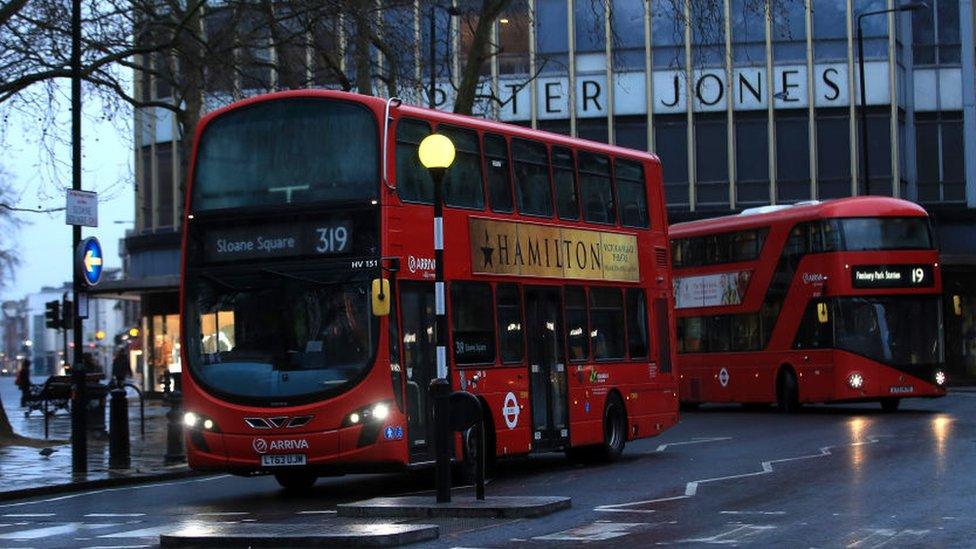Covid: Bus drivers 'three times more likely to die' than other workers
- Published
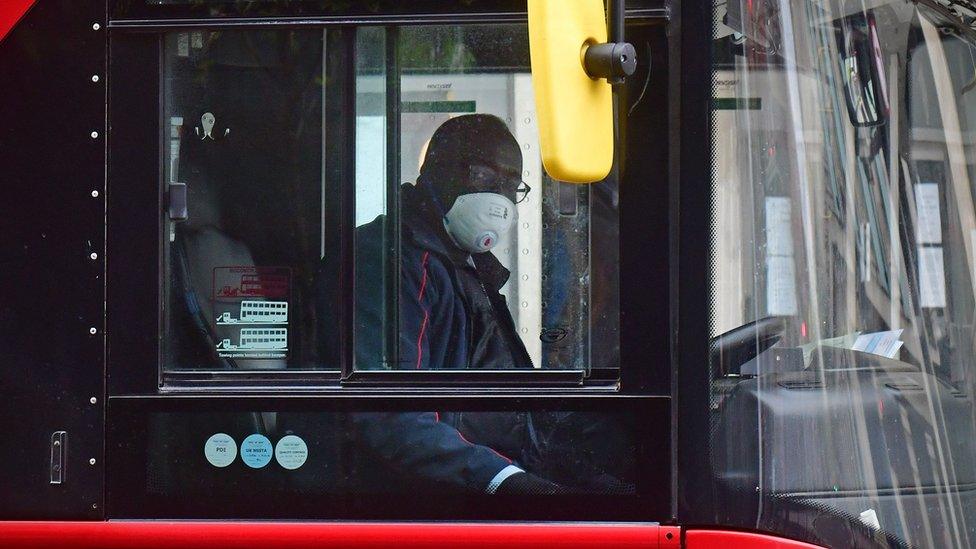
The study found bus drivers died at 2,.97 times the rate of employees in other types of work
London bus drivers died with Covid-19 at almost three times the national average for other occupations, a new study has found.
At least 51 drivers in the capital have died since the pandemic began after catching coronavirus, according to Transport for London.
The University College London study reaffirmed findings that an earlier lockdown "would have saved lives".
UCL was asked by TfL to investigate the high death rate of London bus workers.
The study focused on the first wave of the outbreak, between March and May 2020, when 29 drivers died after catching Covid.
It found that 80% of those drivers had ceased work by 3 April, meaning their infection was likely to have been contracted pre-lockdown.
Prof Sir Michael Marmot, who led the study, said: "It is clear that an earlier introduction of the lockdown on 23 March 2020 would have saved lives."
He added: "We know pre-existing health conditions and ethnic composition play a role in Covid-19 infection and mortality.
"The UCL Institute of Health Equity therefore recommends implementing a number of workplace changes to reduce exposure to Covid-19, prevent avoidable ill-health and improve the wellbeing of bus drivers."
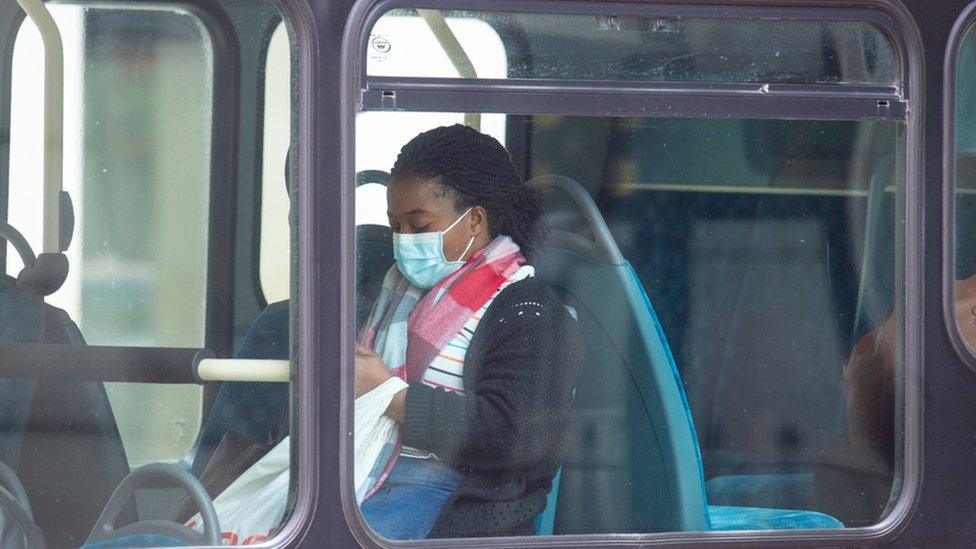
It is compulsory to wear a face covering while travelling on public transport in England
The report was commissioned by TfL amid major concerns about the deaths of bus drivers in the city.
Strict guidelines limiting people's movements to tackle the spread of coronavirus were introduced by the government on 23 March last year.
And since 15 June, it has been compulsory to wear a face covering while travelling on public transport in England.
Extra measures have been put in place to prevent the spread of the disease on buses, including sealing off the driver's cab and reducing the number of passengers allowed.

Analysis - Tom Edwards, BBC London's transport correspondent
The report confirms driving a London bus is one of the most dangerous jobs during the pandemic.
How safety protections for bus drivers were introduced, and at what time, is still the subject of many questions.
TfL oversees 10 bus companies, and each introduced protections like driver cab screens, extra cleaning and hand sanitisers at different times.
While Tfl said it followed government guidance, the families of those who died think lives could have been saved.
They want to know why that guidance was so slow and why the implementation in some cases took weeks.
They think only a public inquiry will get the answers.

The study found drivers were 2.97 times more likely to die of coronavirus than men of similar age in other occupations across England and Wales.
The rate was twice as high as the London average over the same period.
The study also found bus workers were more likely to live in the boroughs hardest hit by the virus, and to be from BAME groups, which "are more at risk of becoming severely ill and dying from Covid-19".
It recommended that bus companies take further action to protect the health of their drivers, including a review of shift lengths, patterns and rotas to prevent fatigue, and working with them to reduce obesity.
Safety measures on London buses should continue as long as coronavirus "persists in the community", the study added.
'Deeply personal' issue
The second part of the review will explore the differences in infection and death rates between all frontline transport workers and London's population in general.
Mayor of London, Sadiq Khan, said: "As the son of a bus driver, this is deeply personal to me, and the transport workers who have lost their lives are constantly in my thoughts.
"Our heroic frontline transport workers have worked tirelessly throughout the immensely challenging past year, and I am hugely grateful to each and every one of them.
"We will continue to do everything we can to keep staff and passengers safe."
- Published17 March 2021
- Published27 July 2020
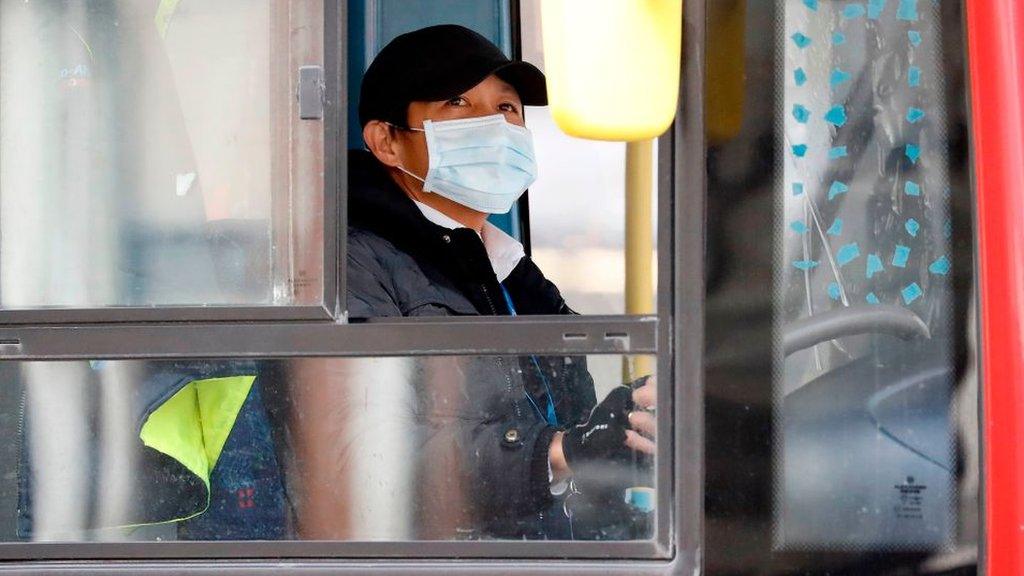
- Published15 June 2020
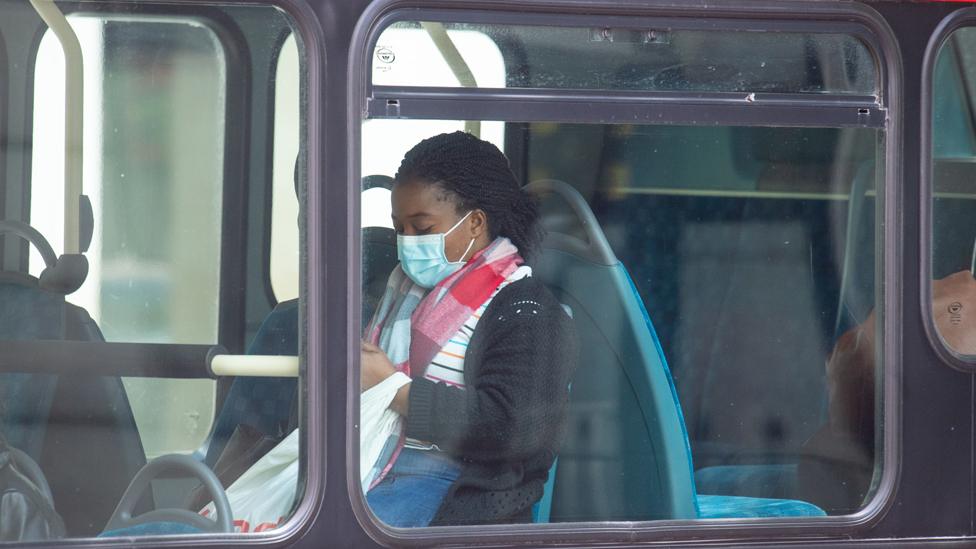
- Published21 May 2020

- Published17 April 2020
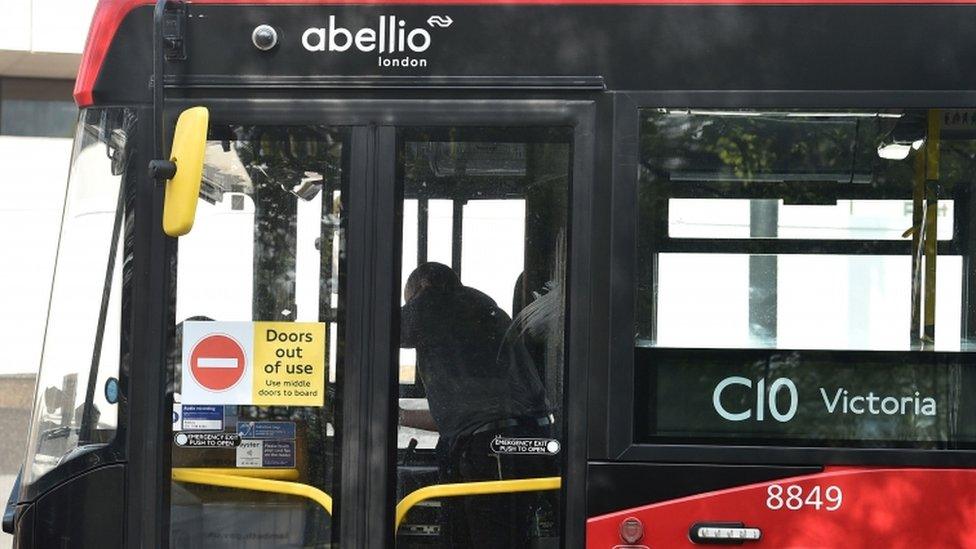
- Published13 April 2020

- Published8 April 2020

- Published6 April 2020

- Published4 April 2020
